Regulatory Support
Regulatory frameworks that promote sustainable building materials are emerging as a significant driver for the Thermally Modified Wood Market. Governments are increasingly implementing policies that encourage the use of environmentally friendly materials in construction and renovation projects. These regulations often include incentives for using wood products that have been treated to enhance their longevity and reduce environmental impact. As a result, the demand for thermally modified wood is likely to increase, as it meets these regulatory standards. The Thermally Modified Wood Market could see a surge in growth as more builders and contractors seek compliant materials that align with these evolving regulations.
Architectural Trends
Architectural trends that favor natural materials are likely to bolster the Thermally Modified Wood Market. As architects and designers increasingly seek to incorporate wood into modern designs, the aesthetic qualities of thermally modified wood, such as its rich color and texture, become highly desirable. This trend is evident in both residential and commercial projects, where the use of thermally modified wood can enhance visual appeal while providing structural integrity. The market for architectural wood products is anticipated to reach several billion dollars in the coming years, with thermally modified wood capturing a notable share due to its unique properties. This alignment with contemporary design philosophies suggests a promising future for the Thermally Modified Wood Market.
Durability and Performance
Durability is a critical factor influencing the Thermally Modified Wood Market. The thermal modification process enhances the wood's resistance to moisture, decay, and insect damage, making it suitable for various applications, including outdoor furniture and decking. This increased durability can lead to lower maintenance costs and longer product lifespans, which are appealing to both consumers and businesses. Market data suggests that products made from thermally modified wood can last up to 25 years, significantly outpacing traditional wood products. As awareness of these performance benefits grows, the demand for thermally modified wood is expected to rise, thereby driving the Thermally Modified Wood Market forward.
Sustainability Initiatives
The increasing emphasis on sustainability appears to be a pivotal driver for the Thermally Modified Wood Market. As consumers and businesses alike prioritize eco-friendly materials, thermally modified wood, which is produced through a process that enhances durability without the use of harmful chemicals, becomes an attractive option. This market segment is projected to grow at a compound annual growth rate of approximately 8% over the next five years, reflecting a shift towards sustainable building practices. The ability of thermally modified wood to reduce waste and extend the life of wood products aligns with the broader environmental goals of reducing carbon footprints. Consequently, manufacturers are likely to invest in sustainable practices, further propelling the Thermally Modified Wood Market.
Consumer Awareness and Education
Consumer awareness regarding the benefits of thermally modified wood is gradually increasing, which may serve as a catalyst for the Thermally Modified Wood Market. Educational initiatives aimed at informing consumers about the advantages of using thermally modified wood, such as its enhanced durability and sustainability, are becoming more prevalent. As consumers become more knowledgeable, they are more likely to choose thermally modified wood over traditional options. This shift in consumer preference could lead to a notable increase in market demand, as evidenced by recent surveys indicating that a significant percentage of consumers prioritize sustainable and durable materials in their purchasing decisions. The Thermally Modified Wood Market stands to benefit from this growing trend.


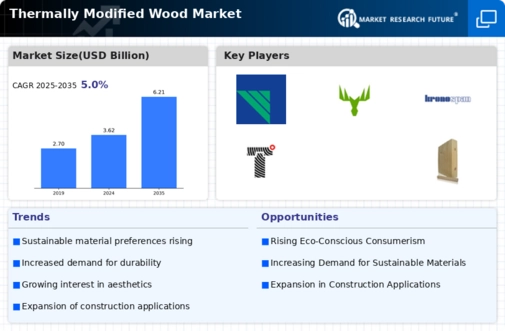
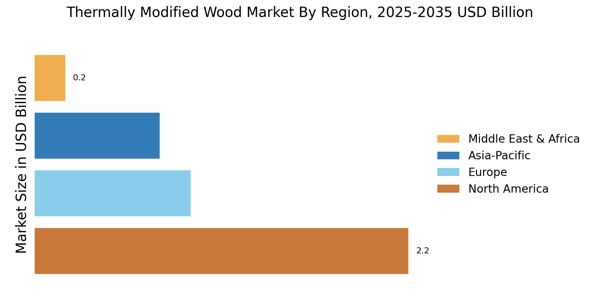
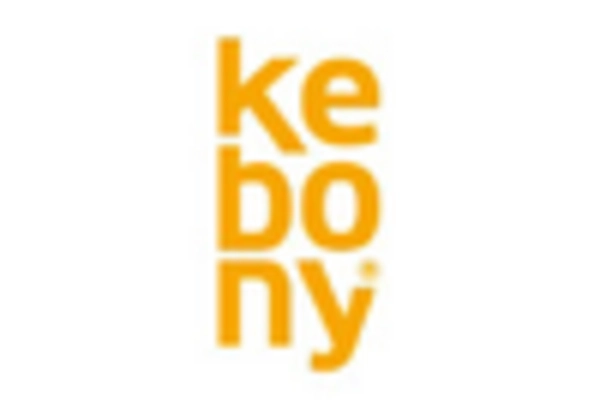

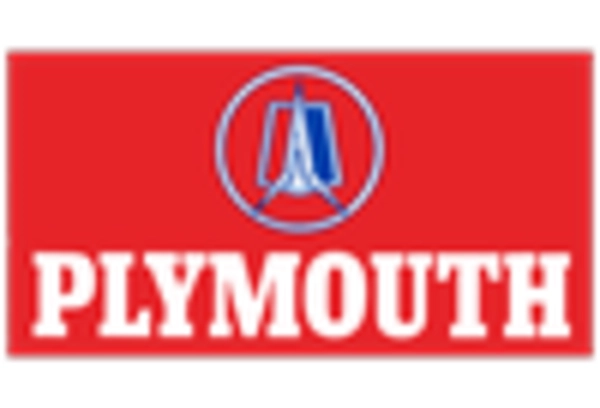
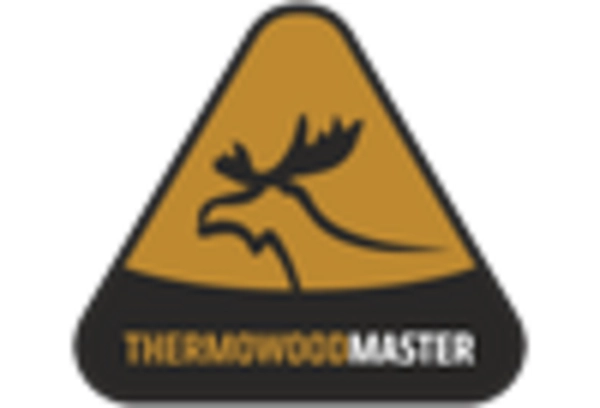
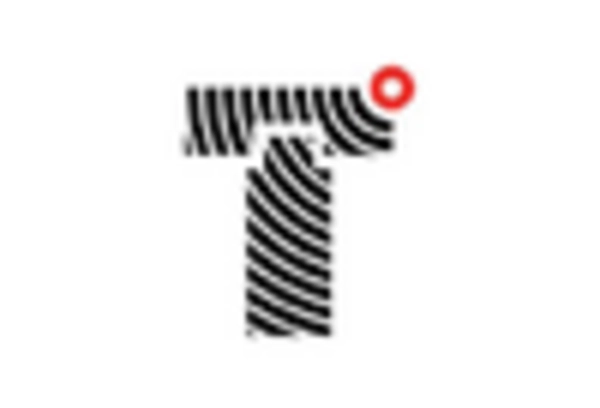
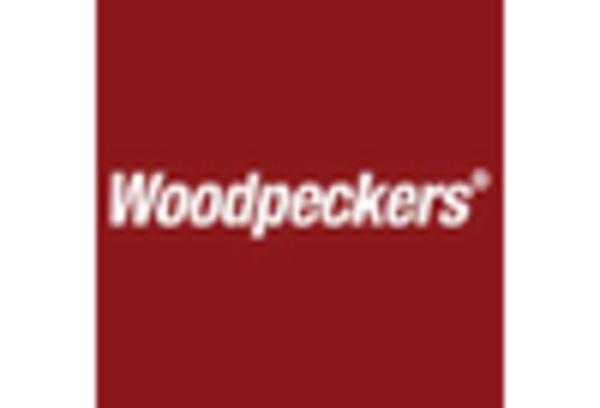








Leave a Comment